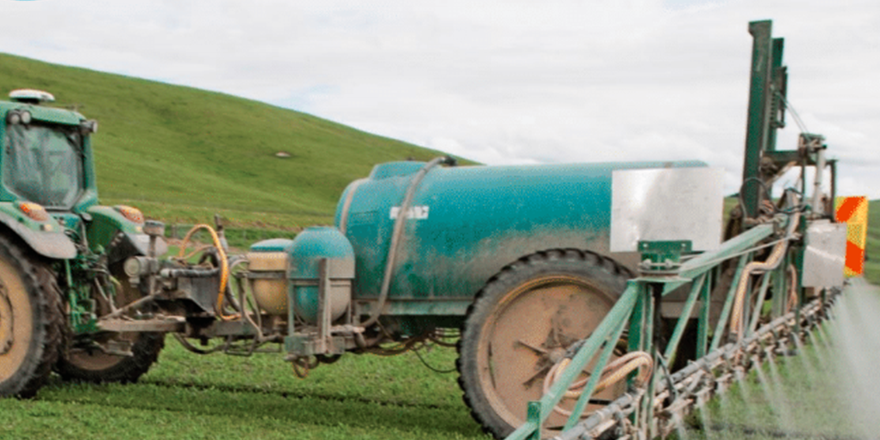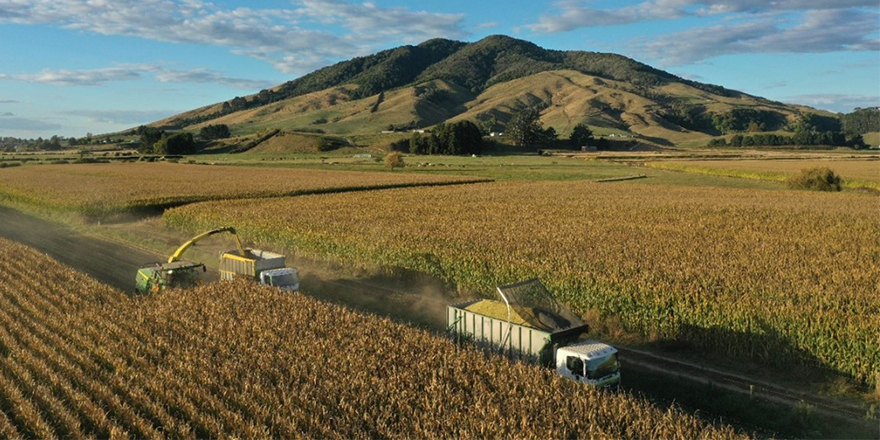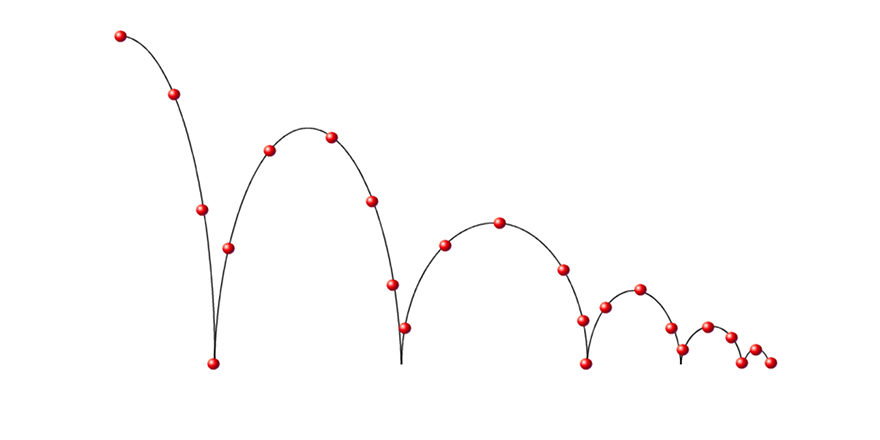
Executive Summary
By the utter fact food for human consumption is generally farmed by way of established monocultures, it is never a choice not to use crop protection, but rather what approach is employed, i.e. is it by way of physics, chemistry, biology or ecology?
Public perception of the New Zealand crop protection industry is not that of an exemplifier (at least not from an anecdotal perspective). Improvement is required. What is also clear is the fact that the general public’s understanding of the crop protection industry is limited, with a high level of uncertainty when it comes to what constitutes the practice of crop protection.
For a small country like New Zealand, only producing enough food to feed circa 40 million people (six million being local plus annual visitors), quality of product needs to be our leading competitive X– factor. For this reason, all that is involved in the food production cycle (and how aspects such as crop protection are perceived by the public) needs to be known and appropriately addressed by the industry. Perception is an individual’s “world view” – right or wrong and matters to the individual (the ultimate end consumer).
Little research has been conducted analysing the public’s perception of the crop protection industry with respect to New Zealand. In a world of heightened societal concern regarding threats to human health, nutrition and the environment, such things as “people’s perceptions” can translate into real effects in the marketplace. Given the importance of both crop protection and the perceived quality of New Zealand produce both locally and internationally, it was important that a pilot study be conducted to ascertain where improvement could take place as far as people’s perceptions of the New Zealand crop protection industry is concerned, hence the research question of this report being:
Public Perception of the Crop Protection Industry and how this could be improved.
As far as the methodology employed for this study, a survey instrument was the chosen research strategy for this report. Following an extensive review of the literature and science based findings, it was deemed appropriate that the retailer (12) for the purpose of this project, be utilised as a suitable proxy for the general public. A non-parametric technique, namely descriptive analysis was chosen for the survey review. A qualitative construct as far as survey design was subsequently employed.
Key findings gathered through the results included such things as high levels of ambivalence regarding people’s attitudes with respect to the protection of food through the production cycle.
This phenomenon does not help with fostering a positive or even neutral attitude associated with all things crop protection.
Great progression as far as safer more targeted products have characterised the crop protection industry over recent decades. Due to an array of reasons we are now also seeing significant investment taking place in a new category of crop protection, namely biologics.
Pseudoscience, media sensationalism, pressure groups, naivety were all found to be causes giving rise to negative perceptions associated with the crop protection industry.
This report outlines a raft of recommendations taking into account a range of tactics that need to be better promoted, fast tracked or simply communicated by way of a more united industry voice.
Download and read the full report here




